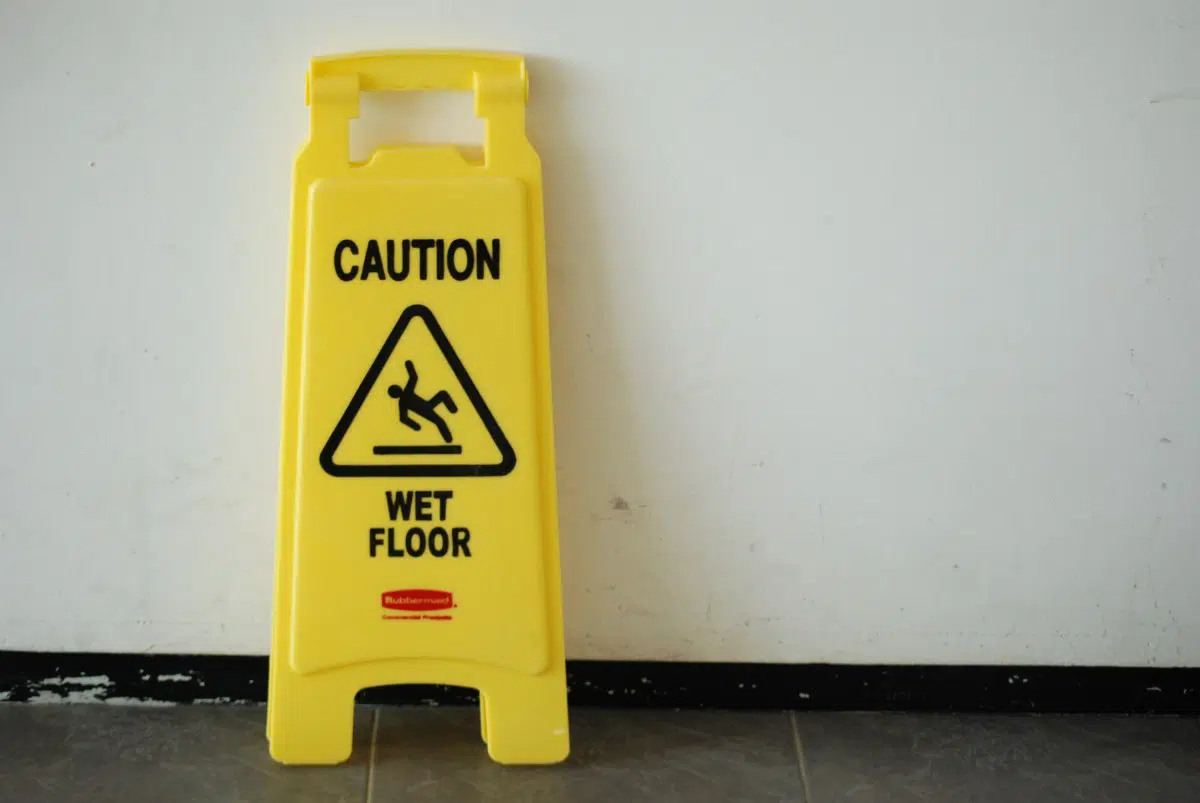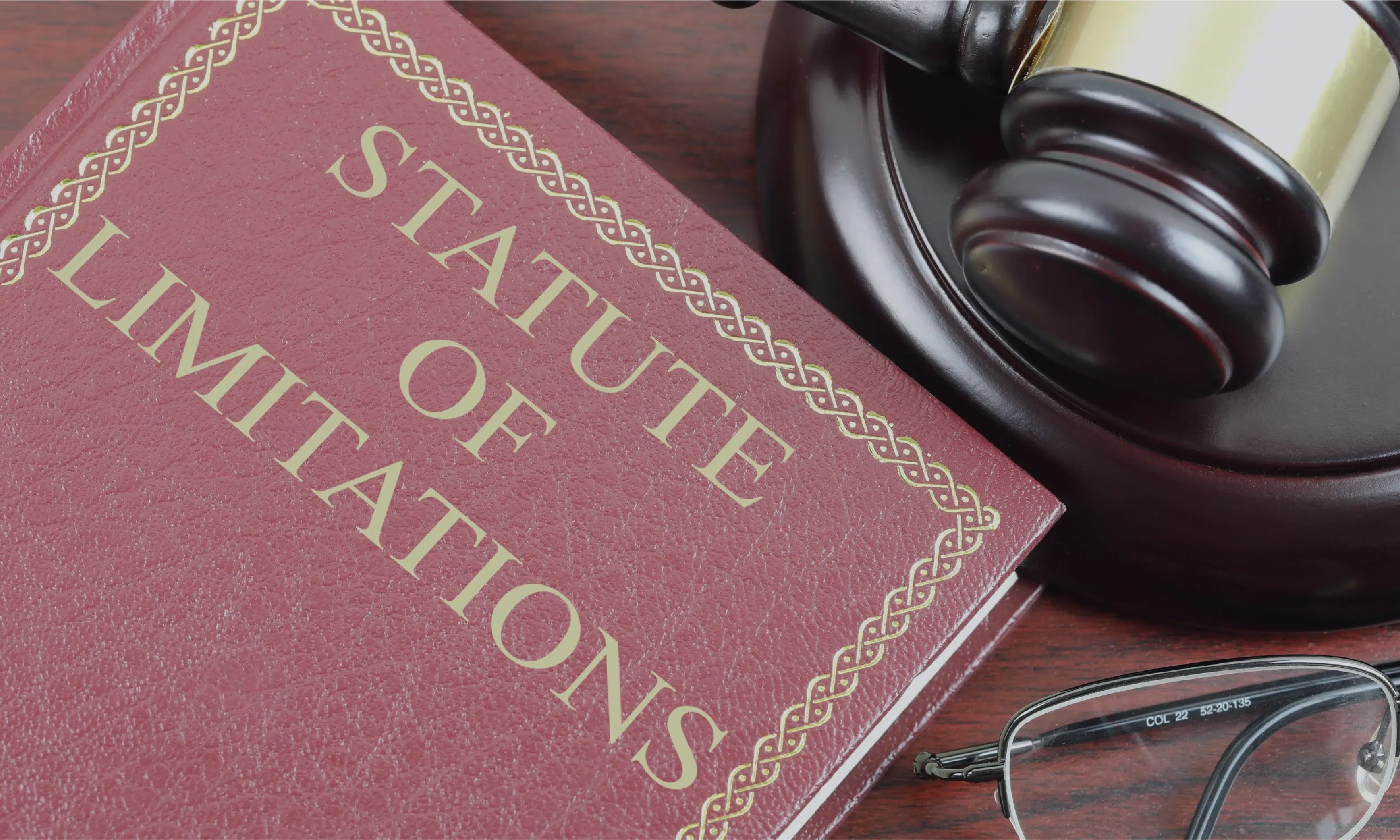What to Do After a Slip and Fall Accident

A slip and fall accident of any kind can bruise one’s pride, even if only briefly. But when it results in personal injury, the physical and financial pain experienced from it can truly be life-changing. A person injured may not only be embarrassed by what just happened, but they may also have resulting changes in their abilities to live, work, and thrive. Even if there is a full recovery, it may take a long time to heal.
If your slip and fall accident leads to a personal injury that needs medical attention and alters the way you live each day, the owners of the location where your accident happened need to be held accountable. For this reason, it is important that you know exactly what to do at the time of the slip and fall accident, and in the days that follow it.
What to Do (and Not Do) After a Slip and Fall Accident
Whether your personal injury took place at a store or other business, on someone else’s private property, or at a public building, it is important to act quickly. Some places, such as public or government property, handle accidents entirely differently than private businesses. No matter where the incident occurs, be sure to follow these steps:
- Seek medical attention. Call an ambulance or have someone else help you to get your injuries checked out immediately. Do not decline seeking medical attention. An injury may seem minimal at first because your body is in a state of shock. It is often hours, days, or even weeks later before a personal injury from a slip and fall will show up and be felt more intensely. As with any accident, delayed injuries can happen.
- Tell the business right away. Notify an employee or the property owner of the accident and be sure to ask for copies of any reports they complete.
- Fully document the incident. Gather names and contact information from any witnesses to the accident. Take photos of the place where your slip and fall occurred, including any potential slippery spots or trip hazards. Also take photos of any visible injuries on your body, such as cuts, bruises, breaks, and damage to your clothing. Be sure to note every detail possible about the incident while it is still fresh in your mind.
- Take photos of, and preserve, your clothing. It is important for you to take photos of the clothing you had on at the time of the slip and fall. Property owners or their lawyers may try to claim that the clothes you were wearing, such as a long skirt or high heels, are what caused your slip and fall. Photos can help you prove that your personal injury was not caused by what you were wearing. Having the photos can also help you show any damage to your clothing from your accident. Be sure to set aside all the clothing, including the shoes you were wearing, in a safe place. Remove them from your wardrobe so you do not wear them again. The clothing you were wearing can become evidence if your case goes to trial.
- Gather and keep all paperwork, including anything you receive about the accident from the property owner or location manager, medical professionals, and emergency personnel.
- Contact an attorney, one that has experience with slip and fall cases and personal injury law. In St. Louis and Illinois, Hipskind & McAninch has dealt with many personal injury cases. A personal injury attorney can help determine if you have a case, and if so, also help you file your claim, handle the paperwork, and get you to a fair settlement.
- Continue documenting any changes you notice in your daily physical and mental health throughout your entire time of healing.
- Do not talk to anyone about the incident or post about it on social media. If the topic comes up with friends or family, say as little as possible. Stay neutral and do not accept blame or blame anyone else. Do not make a statement to the property owners, their staff, or any insurance representatives without discussing it with your attorney first.
Do I Even Have a Case?
It is important to understand that not every slip and fall accident becomes a valid court case. As the injured person, you have to be able to prove that your accident happened specifically when and where you say it did. You also have to prove that the property owners for that location are responsible for your resulting injury. You, as the injured person, must also be able to prove costs to you that came from your accident. A final piece that you also have to prove is that the property owners acted, or failed to take action, and that is what made you have your accident.
The legal concept of premises liability is what will help decide if a slip and fall claim is valid. Generally, property owners are expected to provide visitors with safe surroundings while on their property.
To be liable, the property owner or an employee must be aware of the hazardous situation and fail to fix it. Examples of this could include wet floors, broken sidewalks, or even bulging carpets or floor mats. An owner should put up visible barriers or signage as soon as the problem is noticed to warn you of the condition.
There are situations, however, that are out of the property owner’s control. One is being unaware of the problem, and therefore unable to fix it. Another would be a customer ignoring a barrier or signage about a potential hazard that is clearly displayed. A property owner may not be liable when someone slips and falls in these circumstances.
Filing a Slip and Fall Claim: What Should I Expect Next?
Most valid personal injury cases end up being settled out of court, including slip and fall injury claims. Since every case is unique, settlement amounts are hard to predict. Final compensation can be compensatory, punitive, or both.
Compensatory damages can include reimbursement to the injured person for:
- Direct medical costs and treatment
- Lost wages and related expenses
- Estimated expenses expected to be paid out in the future resulting from this injury
- Household care while the injured person is recovering
- Amounts determined to compensate for pain, suffering, or mental anguish
Punitive damages are more rarely awarded in a slip and fall accident settlement. They are awarded only if it is proven that there was not just carelessness on the part of the property owner, but willful and malicious intent.
Important Legal Considerations in Illinois and Missouri
There are time limits called statutes of limitations for filing a personal injury claim after a slip and fall accident. In Illinois, you must file your claim within two years from the date of the injury. If you are in Missouri, you have five years for filing your claim.
It is also important to note that Illinois is known as a contributory negligence state. This means that a personal injury case can be settled for a reduced amount. If the injured person shares any part of the blame, their compensation will be reduced. For example, if the court finds a customer owns 20 percent of the blame because they ignored a barricade, they will only receive 80 percent of the total compensation awarded.
However, Missouri is a comparative fault state. If the injured party bears any responsibility at all, the case’s outcome could be in the property owner’s favor. The case may be thrown out of court and the injured party will receive nothing.
Other Important Things to Know
Trespassers are not covered under a property owner’s premises liability. On private or commercial property, you must be able to prove that you had a valid reason for conducting business on-site or for your visit.
When it comes to snow and ice slip and fall accidents, both Missouri and Illinois laws protect property owners from liability under what’s known as the “natural accumulation rule.” This rule states that property owners are not under any obligation to clear snow and ice from walking surfaces when it has accumulated naturally, including untouched snowfall, snowdrifts, ice resulting from melting and refreezing, pedestrian and vehicle tracks made in the snow, and snow that has fallen from vehicles.
A property owner might be liable for your personal injury on snow and ice if it can be proven that they contributed to the scenario leading to your slip and fall. For example, if the owner shovels the sidewalk full of snow and piles it up right in front of the main entrance, causing you to walk on a hazardous path to open the door, they may be liable if you slip and fall.
A Final Note
When you fall in a public place, you might be embarrassed and want to just get up and leave quickly. But it is important to follow the steps outlined here and protect yourself in case you end up more hurt than you first thought.
If your slip and fall leaves you with a personal injury through no clear fault of your own, you have a right to hold the property owner responsible, and to pursue fair compensation. The best action is to protect your health and to discuss your accident with an attorney who has the experience to fight for your best interests.
Category:
Tags:
illinois personal injury law, missouri personal injury law, personal injury, statute of limitations

